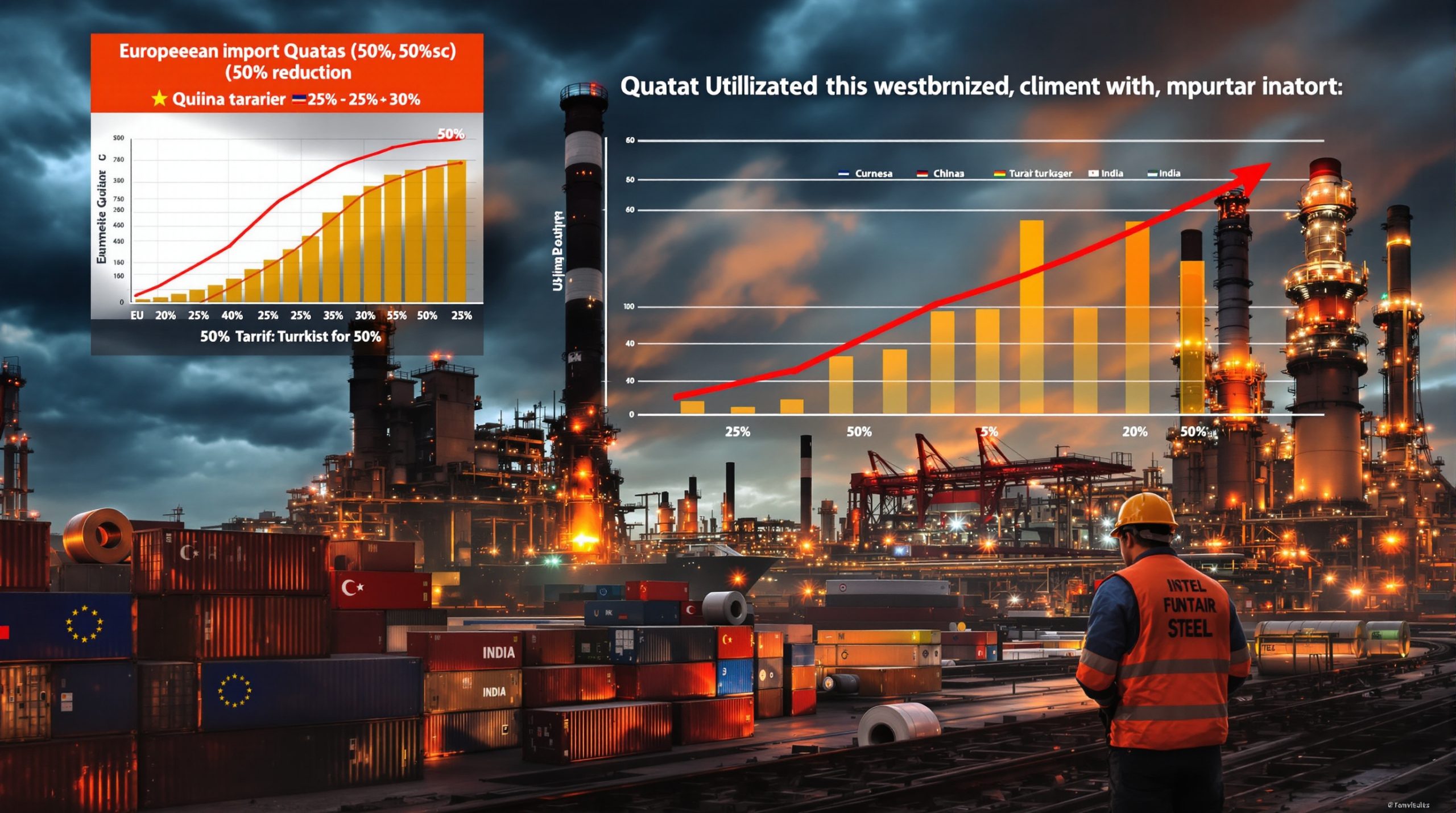The Gold Reserve Renaissance: Central Banks' Shifting Strategy
Central banks worldwide are dramatically increasing their gold reserves, marking a significant shift in global monetary policy. This trend represents more than just diversification—it signals a fundamental reassessment of gold's role in the modern financial system.
In 2023, central banks purchased a staggering 1,037 tonnes of gold, making it the second-highest annual total on record according to the World Gold Council's reports. This buying spree continued into 2024, with central banks adding 694 tonnes in the first three quarters alone, demonstrating the persistence of this strategic shift.
The scale of central banks buying gold has reached levels not seen since the abandonment of the gold standard in the early 1970s. With global official gold reserves reaching approximately 36,699 tonnes as of Q3 2024, monetary authorities are clearly voting with their reserves in favor of the precious metal.
How significant is this trend?
These substantial gold purchases are occurring at a time when traditional reserve assets face unprecedented challenges. The consistent pattern of accumulation over several years distinguishes this as a strategic rather than tactical move by monetary authorities.
Central banks with privileged information access and long-term planning horizons are choosing gold at a historic pace, suggesting deep concerns about alternative reserve assets and the broader financial system. This represents a remarkable reversal from previous decades when many central banks were net sellers of gold.
What's Driving Central Banks to Gold?
De-dollarization Momentum
Central banks, particularly from emerging markets and BRICS nations, are actively reducing their dependence on the US dollar as a reserve currency. This strategic shift reflects:
- Growing concerns about potential sanctions vulnerability
- Desire for monetary sovereignty and reduced exposure to US fiscal policies
- Movement toward a more multipolar international monetary system
- Protection against potential asset freezes during geopolitical tensions
The dollar's share of global foreign exchange reserves has declined from 71.5% in 2000 to 58.2% in Q4 2023, according to the International Monetary Fund's Currency Composition of Official Foreign Exchange Reserves (COFER) data. This significant reduction shows that gold is emerging as a primary beneficiary of this reallocation.
Inflation Protection in an Era of Monetary Expansion
Following unprecedented monetary expansion since 2020, central banks face a critical challenge: protecting their reserves against potential currency devaluation. Gold offers:
- Historical performance as an inflation hedge during periods of monetary expansion
- Store of value characteristics independent of government monetary policies
- Protection against negative real interest rates when inflation exceeds yields
- Portfolio diversification that performs differently than currency and bond holdings
This inflation-hedging aspect has become particularly relevant as gold prices reach all-time highs and global inflation rates have proven more persistent than initially anticipated by many monetary authorities. With global debt-to-GDP ratios reaching record highs of approximately 256% in 2023 according to the Institute of International Finance, central banks are increasingly turning to gold as a counterbalance to debt-driven monetary policies.
Which Central Banks Are Leading the Gold Rush?
Emerging Market Powerhouses
The most aggressive gold purchasers have been central banks from emerging economies:
| Country | Recent Purchasing Activity | Strategic Significance |
|---|---|---|
| China | Official reserves increased to 2,264 tonnes by April 2024, following 18 consecutive months of buying | Reducing dollar dependence while building strategic reserves |
| Russia | Systematic accumulation despite sanctions, producing approximately 314 tonnes domestically in 2023 | De-dollarization strategy and sanctions protection |
| Turkey | Gold reserves reached 540 tonnes in 2023 amid currency volatility | Currency stabilization effort amid lira volatility |
| India | Strategic reserve diversification to reduce external vulnerabilities | Reducing historical reliance on foreign currencies |
| Poland | Gold reserves increased to 359 tonnes by end of 2023, up from 229 tonnes in 2019 | Repatriation and expansion of national gold holdings |
These nations are not merely adding incrementally to existing holdings—many are fundamentally restructuring their reserve compositions with gold playing a central role.
The Return of Western Central Banks
While emerging markets have led the trend, Western central banks have also quietly shifted their approach to gold:
- Cessation of significant gold sales programs that characterized the 1990s-2000s
- Net purchasing rather than selling in aggregate
- Repatriation of overseas gold holdings by countries like Germany
- Public statements affirming gold's continued importance to monetary stability
This represents a remarkable reversal from the "gold is a barbarous relic" sentiment that dominated Western central banking for decades. According to the World Gold Council's 2024 Central Bank Gold Reserves Survey, 29% of central banks plan to increase gold reserves over the next 12 months, highlighting the breadth of this trend across different economic regions.
How Are Central Banks Transforming Gold Markets?
Market Impact and Price Support
The sustained central bank buying has created a structural support level for gold prices:
- Absorption of approximately 25-30% of annual global gold production
- Reduction in available supply for private investors and industry
- Creation of price floors during market corrections
- Signal effect that influences institutional and retail investment decisions
With annual global gold mine production reaching approximately 3,644 tonnes in 2023, central banks buying gold now represents nearly 28% of total gold demand, creating significant market pressure. This consistent demand has fundamentally altered market dynamics compared to previous decades when central banks were net sellers.
Changing Physical Gold Flows
The pattern of gold movement has shifted dramatically:
- Gold flowing from Western financial centers to emerging market vaults
- Increased demand for physical allocation rather than paper gold instruments
- Growing preference for domestic storage rather than overseas custodianship
- Development of new gold trading mechanisms outside traditional Western markets
The London Bullion Market Association has reported record monthly gold clearing volumes in 2023, indicating increased institutional activity in physical gold markets. These shifts represent a geographic redistribution of gold that mirrors broader changes in global economic power.
What Does Central Bank Gold Buying Signal About the Financial System?
Trust Deficit in the Existing Monetary Order
The acceleration in gold purchases reveals a profound trust deficit in the current financial architecture:
- Concerns about sustainability of global debt levels
- Skepticism about long-term fiat currency stability
- Hedging against potential systemic financial risks
- Preparation for possible monetary system restructuring
The Bank for International Settlements noted in their 2024 Annual Economic Report that central banks are "reassessing reserve composition amid evolving monetary landscape." With global government debt reaching $92 trillion in 2023, monetary authorities are increasingly looking to gold as a safe haven impact against unprecedented debt levels.
Preparation for Monetary Evolution
Rather than simply diversifying, central banks appear to be positioning for potential changes to the international monetary framework:
- Building gold reserves that could support new or modified currency arrangements
- Establishing positions that would provide negotiating leverage in any system redesign
- Creating buffers against potential currency crises or bond market disruptions
- Developing alternatives to SWIFT and dollar-based settlement systems
With over 130 Central Bank Digital Currency (CBDC) development projects underway globally as of 2024, according to the Atlantic Council's CBDC tracker, gold may play an important role in providing credibility to these new monetary instruments. This strategic positioning suggests preparation for a financial system that may look quite different from today's.
How Are Gold Acquisition Strategies Evolving?
Domestic Mining Prioritization
Countries with domestic gold production are increasingly directing that output to official reserves:
- Russia purchasing directly from domestic miners
- China channeling domestic production to state reserves
- Central Asian nations establishing preferential purchase agreements
- Development of new mining projects with strategic reserve considerations
Kazakhstan has established a domestic gold purchase program requiring miners to offer first refusal to the National Bank, demonstrating how countries are prioritizing national reserves over market mechanisms. This represents a partial "nationalization" of gold flows, prioritizing strategic interests over market mechanisms.
Discreet Acquisition Techniques
Central banks have developed sophisticated approaches to accumulate gold without disrupting markets:
- Gradual purchasing programs spread over extended periods
- Use of proxies and sovereign wealth funds for acquisition
- Off-market transactions with major producers
- Strategic timing of purchase announcements to manage market impact
These techniques allow for substantial accumulation while minimizing price impacts and maintaining operational secrecy. This methodical approach suggests central banks view gold acquisition as a long-term strategic imperative rather than a tactical trade.
What Does This Mean for the Future of Gold?
Structural Support for Gold Valuations
The central bank buying trend creates a fundamental support level for gold prices:
- Consistent large-scale demand regardless of short-term market conditions
- Reduction in available supply for other market participants
- Psychological price floor effect during market corrections
- Signaling effect that influences broader investment decisions
Gold prices reached record highs above $2,400 per ounce in 2024, with remarkably low volatility compared to other assets despite these significant price increases. This structural support suggests a changed risk profile for gold investments compared to previous decades, contributing to the ongoing market performance surge.
Implications for Private Investors
For private investors, central bank behavior offers important signals:
- Validation of gold's continued monetary relevance despite technological changes
- Indication of potential risks in traditional reserve assets
- Strategic model for portfolio diversification in uncertain times
- Early warning of possible changes to the international monetary system
The fact that monetary authorities with privileged information access are aggressively accumulating gold merits serious consideration by private investors. This institutional validation suggests that gold's role in investment portfolios may be undergoing a fundamental reassessment, driving interest in new investment strategies.
How Might This Trend Develop?
Potential Acceleration Scenarios
Several factors could further accelerate central bank gold purchases:
- Escalation of geopolitical tensions leading to increased sanctions risk
- Debt sustainability concerns affecting major reserve currencies
- Inflation persistence beyond central bank targets
- Further development of non-dollar trade settlement mechanisms
- Explicit gold backing for new digital currency initiatives
Any combination of these factors could transform the current steady accumulation into a more aggressive competition for remaining reserves. Given the finite nature of global gold supplies, such acceleration could have profound implications for gold valuations, potentially altering the gold price forecast for years to come.
Integration with Digital Currency Development
The gold buying trend is increasingly intersecting with central bank digital currency (CBDC) development:
- Exploration of gold-backed digital currencies by multiple nations
- Building gold reserves that could support digital currency credibility
- Creating options for partial commodity backing of new digital instruments
- Developing alternatives to purely fiat-based digital currencies
Multiple central banks have explored gold-backed digital currency concepts, though none have been fully implemented at scale yet. This intersection suggests gold may play a role in monetary innovation rather than being displaced by it.
Conclusion: The Strategic Significance
The sustained gold buying by central banks represents more than a temporary trend—it signals a fundamental reassessment of gold's role in the international monetary system. As monetary authorities with privileged information and long-term horizons continue to prioritize gold acquisition, they reveal deep concerns about the existing financial architecture and are positioning for potential systemic changes.
For investors, policymakers, and financial market participants, this trend merits close attention as it may foreshadow broader shifts in how money, value, and international settlements function in the coming decade. The central banks' gold rush is not merely about diversification—it's about strategic positioning for an uncertain monetary future.
Disclaimer: This article contains forward-looking statements and analysis of global monetary trends. The information provided is for educational purposes only and should not be construed as investment advice. Economic and market conditions can change rapidly, and past performance does not guarantee future results.
Ready to Capitalise on the Next Major Gold Discovery?
Stay ahead of the market with real-time alerts on significant ASX mineral discoveries through Discovery Alert's proprietary Discovery IQ model, turning complex data into actionable investment opportunities. Visit the Discovery Alert discoveries page to understand how major mineral discoveries can generate substantial returns and begin your 30-day free trial today.




